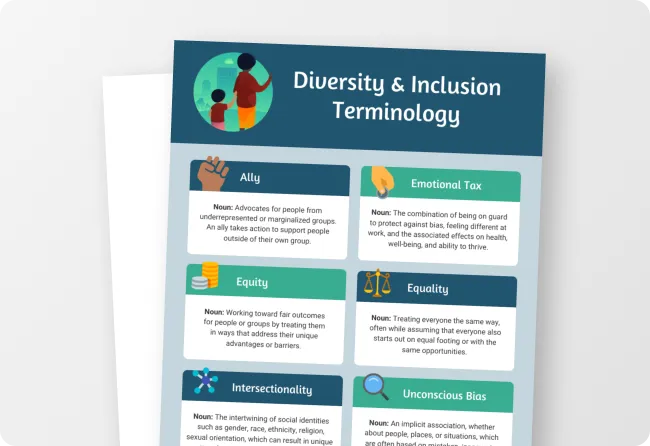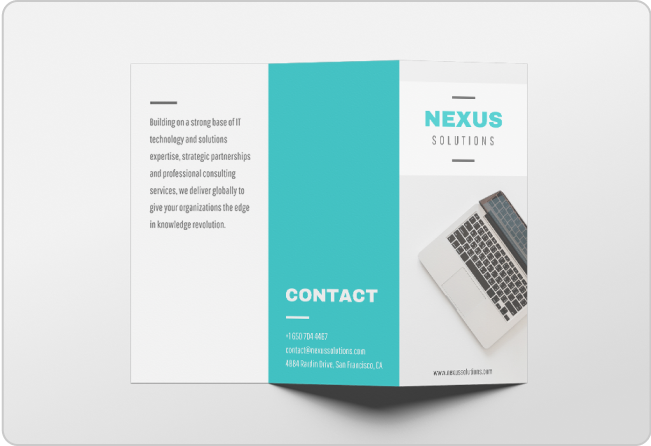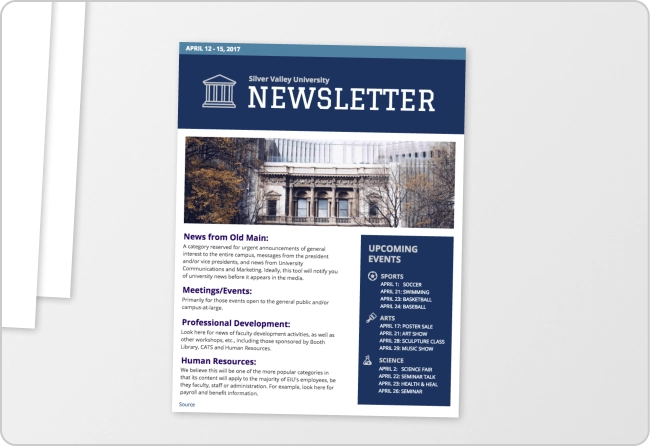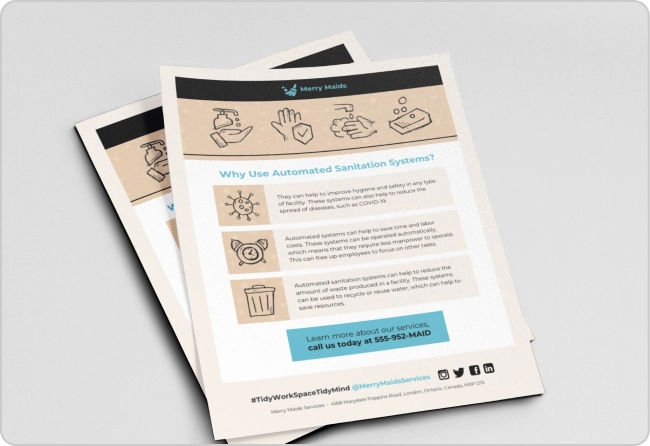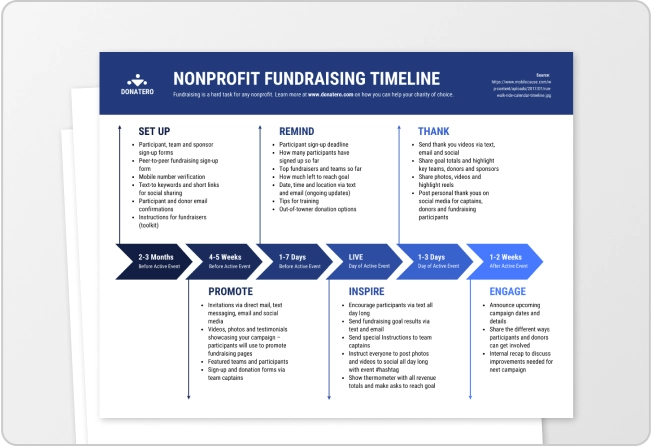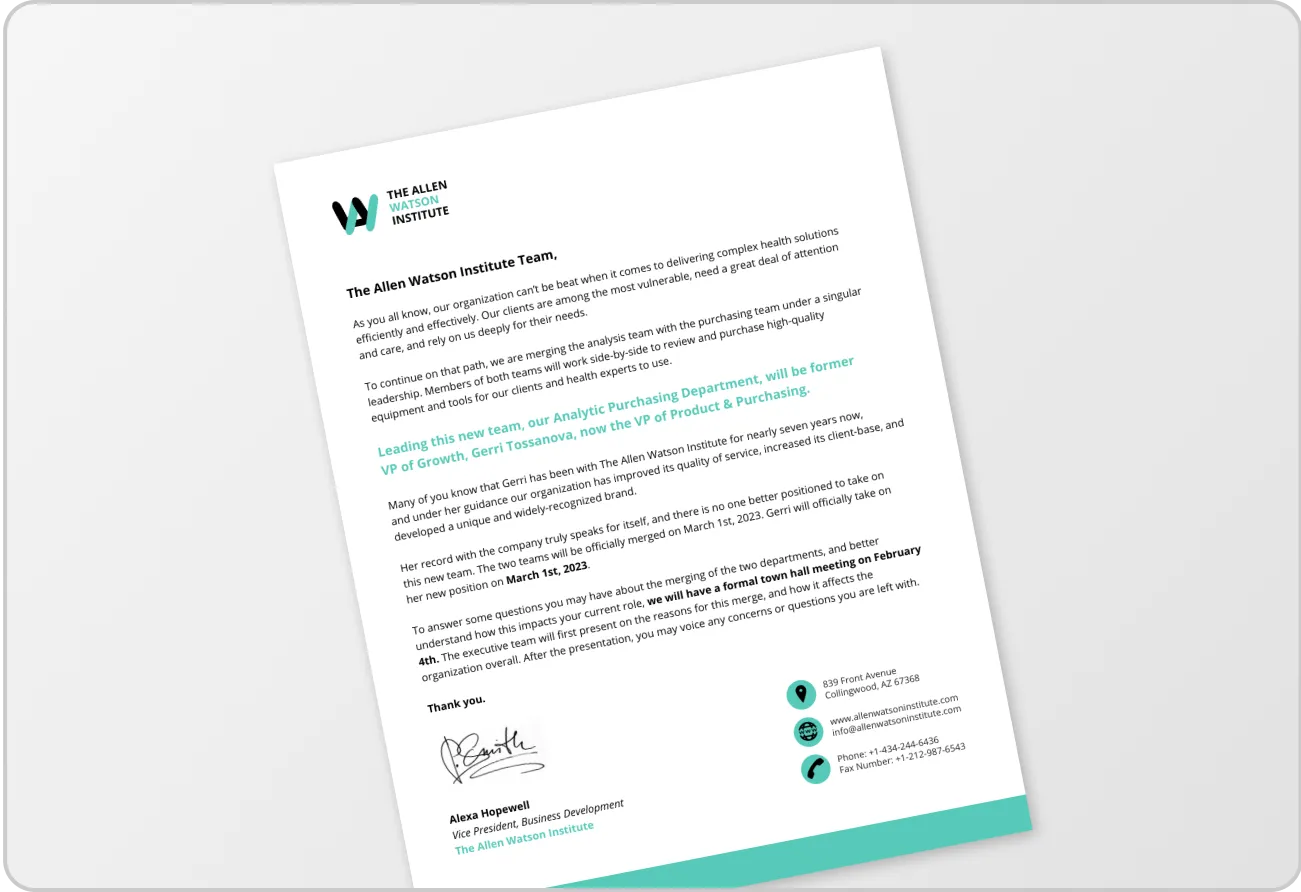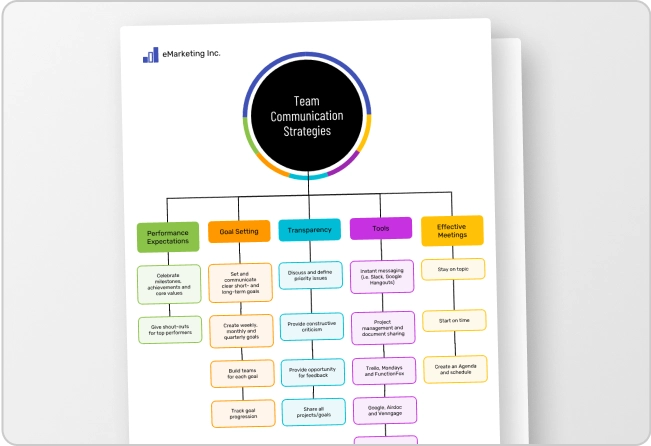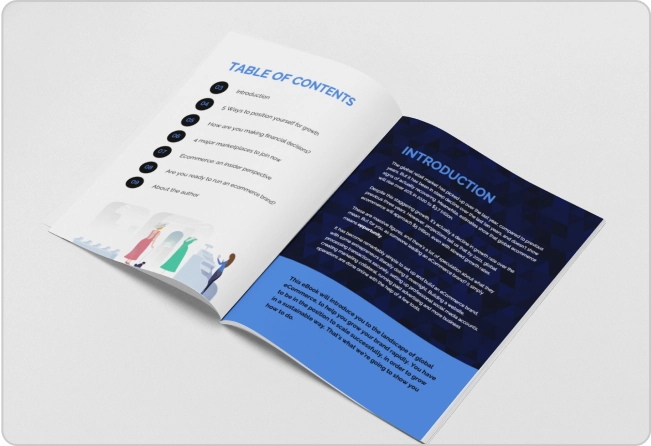
Crafting a marketing deck that actually connects with people is harder than it looks. In fact, 46% of presenters find that telling a gripping tale is the most difficult aspect of making a good presentation.
That’s why I pulled together some of Venngage’s most-used marketing presentation templates, ones real teams rely on every day. Trust me, the wrong structure can sink your pitch and make all your hard work fall flat.
In this guide, you’ll discover:
- Examples built with Venngage’s presentation maker
- Proven presentation templates you can adapt
- Tips to design slides that win buy-in
- Smart tricks to keep your audience engaged
Let’s make your next presentation one they remember.
12 marketing presentation examples
In business communication, marketing presentations stand out as a pivotal means of sharing ideas and strategies. According to a recent report, 86% of companies include presentations as a component of their promotional events.
A prime example of a marketing presentation vividly demonstrates how to effectively communicate a company’s marketing strategy, objectives and achievements.
Let’s look at a few examples of marketing presentations and how they can cater to different scenarios.
Marketing strategy presentation example
A strong marketing strategy presentation doesn’t just list tactics, it highlights the thoughtful planning and execution behind a company’s efforts. It starts by defining the target market and its unique challenges, then lays out the objectives and strategies designed to address them. As Seth Godin puts it, “Marketing is no longer about the stuff that you make, but about the stories you tell.”
Emphasizing on the unique selling point of the product or service, it weaves an engaging story that resonates with the potential customers. The use of real-life examples and data-driven results adds credibility and helps in presenting a compelling case.
They also highlight how to effectively use marketing channels and digital tools to maximize reach and impact. For example, email marketing generates an average ROI of $42 for every $1 spent.
The key takeaway from such a presentation is not just the strategy itself, but how it is communicated to ensure the audience understands and remembers the key messages, aligning with the overall business goals.
Marketing plan presentation example
A marketing plan presentation example is a comprehensive deck that outlines a company’s roadmap for marketing success.
It starts with an analysis of the current market conditions, identifying potential customers, and discussing contemporary trends.
The presentation then delves into the specifics of the marketing plan, detailing the marketing channels to be used, the marketing budget and the timeline for implementation. In 2024, companies allocated an average of 7.7% of their revenue to marketing, with 57.1% of paid media budgets directed toward digital channels.
It provides insights into the unique value proposition of the product or service and how it will be communicated to the target audience.
The use of powerful visual elements and bullet points helps in presenting complex information in an easily digestible format. This type of presentation also often includes a timeline slide to give the audience a clear sense of the plan’s progression.
The objective is to present a clear, actionable plan that aligns with the company’s overall business goals and to persuade the audience of its potential success.
Digital marketing presentation example
In a digital marketing presentation example, the focus shifts to how digital channels can be leveraged to achieve marketing objectives.
This presentation type is visually appealing and uses design elements that resonate with digital trends. It begins by outlining the digital marketing strategy, including SEO, social media, email marketing and content marketing.
In 2024, digital channels accounted for 57.1% of marketing budgets, with allocations as follows: Search advertising – 13.6%, Social advertising – 12.2%, SEO – 10.4%, and Email marketing – 7.1%.
The presentation shows how these digital channels can be utilized to reach a broader audience, create awareness and drive engagement. It includes real-life examples of successful digital marketing campaigns, highlighting key takeaways and the impact on business growth. The presentation also discusses the importance of analyzing data to refine marketing efforts continually.
A digital marketing presentation is an engaging and informative tool, providing key insights into how digital channels can be effectively utilized for a successful marketing campaign.
It leaves the audience with a clear understanding of the digital marketing landscape and the company’s approach to harnessing its potential.
Social media marketing presentation example
A social media marketing presentation example demonstrates how businesses can turn platforms into engines for awareness and engagement. These presentations typically open by showing why social media is central to modern marketing and how it accelerates reach. Or, as marketing consultant Jay Baer famously said, “Content is fire, social media is gasoline.”
It showcases the specific social media channels the company plans to use, tailored to the target audience and the unique selling points of the product or service. The presentation further delves into content strategy, including the types of posts, frequency and engagement tactics.
Real-life examples of successful social media campaigns are often included to provide inspiration and demonstrate practical applications.
Key performance indicators and methods for measuring the success of social media efforts are also discussed, emphasizing the need for data-driven strategies.
Marketing campaign presentation example
A marketing campaign presentation example is a detailed display of a company’s planned or executed marketing campaign. It starts by setting the scene with the campaign’s background, objectives and target market.
Good marketing makes the company look smart. Great marketing makes the customer feel smart.
Joe Chernov, Marketing Executive
The presentation then unfolds the campaign’s key message and the unique value proposition it offers to the target audience. It outlines the various marketing channels and tactics used, such as digital advertising, press releases or influencer collaborations, providing a comprehensive view of the campaign’s approach.
The use of engaging stories and visual elements, like graphics and videos, makes the presentation both captivating and memorable. This example also includes a section on the budget and resources allocated for the campaign, offering a realistic view of the campaign’s scope.
Key takeaways and predicted outcomes, based on market analysis or previous campaigns, are highlighted to give the audience an understanding of the expected impact and success metrics of the campaign.
Looking for even more template options? Check out our roundup of presentation templates and PowerPoint themes to find designs that fit any style or purpose.
How to create an effective marketing presentation?
Creating an effective marketing presentation involves a series of well-thought-out steps to ensure that your message resonates with your audience. Here’s a step-by-step guide:
- Seize your audience’s attention: Begin your presentation by addressing the audience’s main concerns or pain points. Ask dramatic, thought-provoking questions to ignite emotions and engage your audience from the start.
- Promise something and deliver it: Make clear promises about what your presentation will deliver. This could be solutions to problems, new insights or actionable strategies. Ensure that you fulfill these promises throughout your presentation.
- Tell an engaging story backed by data: Use storytelling to make your content relatable and personal. Introduce real-life examples or scenarios and support them with solid data to add credibility.
- Have less slide content rather than more: Avoid overloading your slides with text. Keep content concise and support your speech with key points, visuals and high-quality images. Using multiple slides with relevant images can help maintain audience attention.
- Use humor wisely: Lighten the mood by incorporating appropriate humor through witty wordplay, GIFs or memes, ensuring it’s relevant and not distracting.
- Conclude with a clear call to action (CTA): At the end of your presentation, reiterate the key points and instruct your audience on the next steps or actions they should take. This could involve asking questions, applying the information provided, or engaging in further discussion.
Many teams also look at how high-performing creative organizations structure their presentations, not just the slides themselves. Superside’s research into presentation workflows and design operations outlines how clean layouts, visual hierarchy, minimal text per slide, and consistent branding can dramatically improve clarity and engagement, especially for complex marketing strategies.
Want to polish how your slides look and flow? Explore these presentation layout ideas for practical tips on structuring engaging decks.
Read Also: 12 Best Presentation Software for 2023
How to present a marketing plan?
An effective marketing plan presentation does more than outline strategies, it ensures everyone is aligned on priorities and direction. It’s a chance to turn ideas into action and build momentum.
As Philip Kotler reminds us, “Marketing is not the art of finding clever ways to dispose of what you make. It is the art of creating genuine customer value.”
- Executive summary: Begin with a concise overview of the marketing plan, highlighting key objectives, target market and strategies.
- Market analysis: Present detailed market analysis including size, trends, customer segments and competitive landscape, supported by data and research.
- Marketing objectives: State clear, SMART marketing objectives, aligning them with overall business goals.
- Target market and buyer persona: Describe target market segments and buyer personas, detailing demographic, psychographic and behavioral characteristics.
- Competitive analysis: Analyze main competitors, their strengths, weaknesses, market share and key differentiators.
- Marketing strategies: Outline key marketing strategies for product positioning, pricing, distribution, promotion and branding.
- Action plan and timeline: Present a detailed action plan with specific tactics, activities and timelines.
- Budget and resource allocation: Provide an overview of the marketing budget and its allocation across various activities.
- Performance measurement and KPI: Highlight key performance indicators to measure the success of the marketing plan.
- Conclusion and next steps: Summarize main points, key takeaways and outline next steps in the implementation process
For more tips on making your slides clear and visually engaging, check out our guide on presentation design.
Related: 8 Types of Presentations You Should Know [+Examples & Tips]
How to structure campaign results presentations
A well-structured campaign results presentation goes beyond reporting numbers, it demonstrates accountability, highlights impact and informs smarter marketing decisions. Here’s a proven framework you can use:
- Objective & context – Clearly define campaign goals, target audience, and timeframe. This grounds your results in purpose and scope.
- Key metrics snapshot – Present top KPIs, such as impressions, clicks and conversions so stakeholders see performance at a glance.
- Visual results – Use clear visuals like charts, graphs or a DashThis dashboard to make complex data easy to understand.
- Performance by channel – Break results down by channel (Google Ads, Facebook Ads, organic via GA) to show where investments drove the most value.
- Insights & learnings – Share what worked, what didn’t and any unexpected outcomes. This builds credibility and shows you can adapt.
- Next steps – Close with actionable recommendations and priorities, ensuring your audience leaves with clarity and direction.
Marketing presentation FAQs
What’s the difference between a pitch deck and a full-scale marketing presentation?
A pitch deck is short, sharp, and designed to win attention quickly, ideal for investor meetings, client pitches or high-stakes approvals. It typically focuses on the big idea, market opportunity and value proposition.
A marketing presentation, on the other hand, is more detailed and structured. It may include strategy, campaign plans, metrics and results, making it better suited for internal teams, stakeholders or long-form presentations where context matters.
When to use them:
- Use a pitch deck when you need to persuade fast and secure buy-in.
- Use a marketing presentation when you need to explain strategy, showcase campaigns or report outcomes in depth.
Which tools should I use for an effective marketing presentation?
- Venngage: Perfect for building and branding your slides with customizable presentation templates.
- Google Analytics: Essential for tracking web traffic, conversions and audience behavior.
- Google Ads & Facebook Ads platforms: Key for pulling paid-media performance data if you’re running ad campaigns.
Time to build your own marketing plan
At the end of the day, a strong presentation does more than look good. It shapes decisions, builds credibility, and gets people on board with your vision.
You’ve seen how 12 examples and a simple structure can transform your slides into persuasive, engaging decks.
Now, you’ve got the tools and inspiration to create a marketing presentation that truly stands out.
And if you want a head start, Venngage’s presentation maker and customizable marketing presentation templates make it easy. Import your data, tweak the design and share polished slides in minutes. With ready-made presentation templates for every type of marketing goal, you’ll spend less time stressing and more time impressing.








































